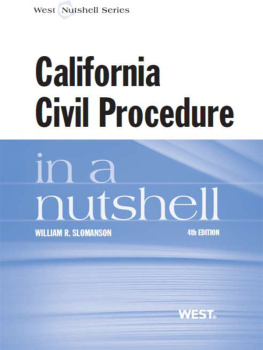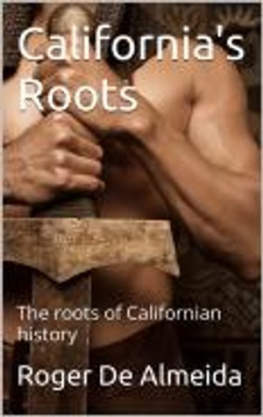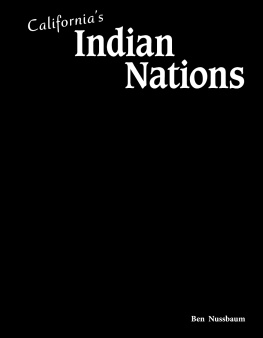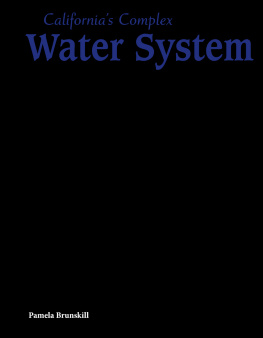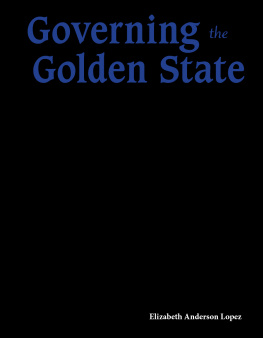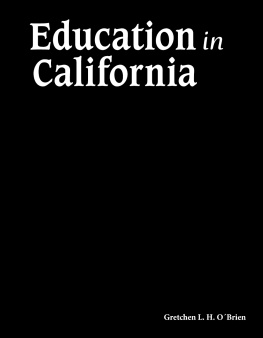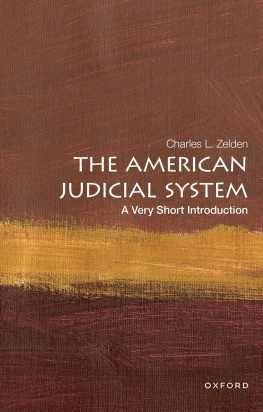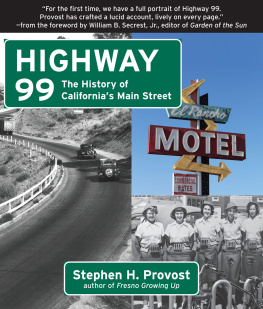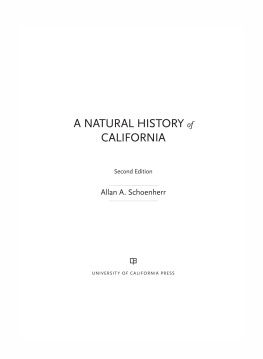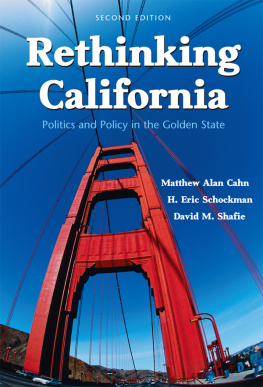Landmarks
Page list

WESTS LAW SCHOOL
ADVISORY BOARD
__________
JESSE H. CHOPER
Professor of Law and Dean Emeritus,
University of California, Berkeley
JOSHUA DRESSLER
Professor of Law, Michael E. Moritz College of Law,
The Ohio State University
YALE KAMISAR
Professor of Law, University of San Diego
Professor of Law Emeritus, University of Michigan
MARY KAY KANE
Professor of Law, Chancellor and Dean Emeritus,
University of California,
Hastings College of the Law
LARRY D. KRAMER
Dean and Professor of Law, Stanford Law School
JONATHAN R. MACEY
Professor of Law, Yale Law School
ARTHUR R. MILLER
University Professor, New York University
Formerly Bruce Bromley Professor of Law, Harvard University
GRANT S. NELSON
Professor of Law, Pepperdine University
Professor of Law Emeritus, University of California, Los Angeles
A. BENJAMIN SPENCER
Professor of Law,
Washington & Lee University School of Law
JAMES J. WHITE
Professor of Law, University of Michigan
I
CALIFORNIA CIVIL PROCEDURE
IN A NUTSHELL
Fourth Edition
By
WILLIAM R. SLOMANSON
Professor of Law
Thomas Jefferson School of Law
San Diego, California
Visiting Professor
Pristina University
Pristina, Kosovo

Mat #41121432
II
Thomson Reuters created this publication to provide you with accurate and authoritative information concerning the subject matter covered. However, this publication was not necessarily prepared by persons licensed to practice law in a particular jurisdiction. Thomson Reuters does not render legal or other professional advice, and this publication is not a substitute for the advice of an attorney. If you require legal or other expert advice, you should seek the services of a competent attorney or other professional.
Nutshell Series, In a Nutshell and the Nutshell Logo are trademarks registered in the U.S. Patent and Trademark Office.
COPYRIGHT 1992 WEST PUBLISHING CO.
West, a Thomson business, 2006, 2008
2012 Thomson Reuters
610 Opperman Drive
St. Paul, MN 55123
18003139378
Printed in the United States of America
ISBN: 9780314274427
III
V
PREFACE
_________
The genesis of California Civil Procedure in a Nutshell is rooted in my first day of practice at a medium-sized Los Angeles defense firm. The file clerk carted in some half-dozen brown file holders for my first assignment. They contained some fifty pleadings, all in the same case, mostly containing the quite foreign term cross-complaint. Like many graduates in their real first year of law, I felt that neither law school nor passing the bar had prepared me for that initial Alice-in-Wonderland experience. Then, there were few, if any, law school procedure courses to help future lawyers navigate the procedural essentialsin the state that differs most from federal practice.
Teaching was the next phase in the evolution of a multi-book project, designed to facilitate bridging the gap between law school and law practice. I was constantly engaged in some recurring adventure: ferreting out the numerous situations where the same procedural question yielded different results, depending on the state-federal forum selectionwhile warning others about the danger of assuming that the state and federal procedure rules were fungible.
It is now my fondest hope that, while this booklet cannot provide legal advice: (1) law student VI users will consider it an effective aid for condensing the essentialsvia the front matter Table of Cases, each chapters opening table of contents, the concluding subject Index, and the Nutshells internal organizationfor navigating the oceanic differences between their state and federal procedure courses; (2) bar applicantswho have not had the benefit of an upper-division course in California civil procedurewill value this booklet as a succinct pathfinder in their journey to enter the profession; (3) new associates will use this Nutshell as a handy resource for their preliminary research; (4) all readers will view the Tables, within the various chapters, as pictures worth a thousand words; and (5) the new end-of-chapter True and False Quizzes will open some doors which were previously ajar.
Note : The companion webpage to this 4th edition is located at: . It features the following aids: (1) the first table, containing each chapters review Q uestionsmost of which are designed to simultaneously evoke both true and false responses; (2) the adjacent second table, consisting of A nswers; and (3) a third table, which will facilitate access to major changes in the law, as they occur between editions. For student users, questions about its content should first be directed to your professor, and with his/her consent, only then to me, at . Bar applicants and new associates may, of course, contact me directly.
Readability has been improved by moving this booklets multiple legal citations to the end of most VII paragraphs. Each citations parenthetical contains a cite-specific reference phrase for reader convenience. This technique avoids textual narratives being interrupted with sentence-by-sentence citationnot to mention ghastly interruptive, doorbell-ringing footnoteswhile retaining the flanking citations necessary for efficient legal research.
There is now a new edition of Cases and Materials on California Civil Procedure (Thomson Reuters 2011), thanks to my Hastings colleagues David Levine and Rochelle Shapell. That collaboration contributed significantly to the success of this supplementary review tool. Thanks also to David Meyer (TJSL 12) for his editorial review from the students perspective; and Ashok Pathi (TJSL 12) for his research assistance.
WILLIAM R. SLOMANSON
IX
OUTLINE
___________
X
XI
XII
XIII
XIV
XV
XVI
LXIII
CALIFORNIA CIVIL PROCEDURE
IN A NUTSHELL
Fourth Edition
CHAPTER 1
INTRODUCTION
If this case is an example, the term civil procedure is an oxymoron. Green v. GTE California, Inc., 29 Cal.App.4th 407, 408, 34 Cal.Rptr.2d 517 (1994).
This booklet tracks the organizational time line presented in most civil procedure courses. There are some minor deviations. Arbitration and mediation, for example, logically appear in a casebooks post-pleading chapters on disposition without trial. However, contemporary law practice dictates the pre-filing inquiry of whether the client should (or must) arbitratenot litigate.
A succinct, between-two-covers summary of California Civil Procedure necessitates some difficult choices about the extent to which federal procedure should be compared. Some professors focus on state-federal differences. Others tolerate them. Your California procedure professor, and the California Bar Examiners, may alternatively test on: (a) only California procedure; (b) only on those California procedures which do not have a federal counterpart; or (c) both state and federal procedure, especially where there are differences. In any event, the demands of a successful practice necessitate your understanding of the pivotal differences.
In the interest of readability: (1) the end of certain Nutshell quotes will not necessarily coincide with the end of the same sentence in the original case or statute; and (2) only one case citation is providedto the official reporter, if it is available.

